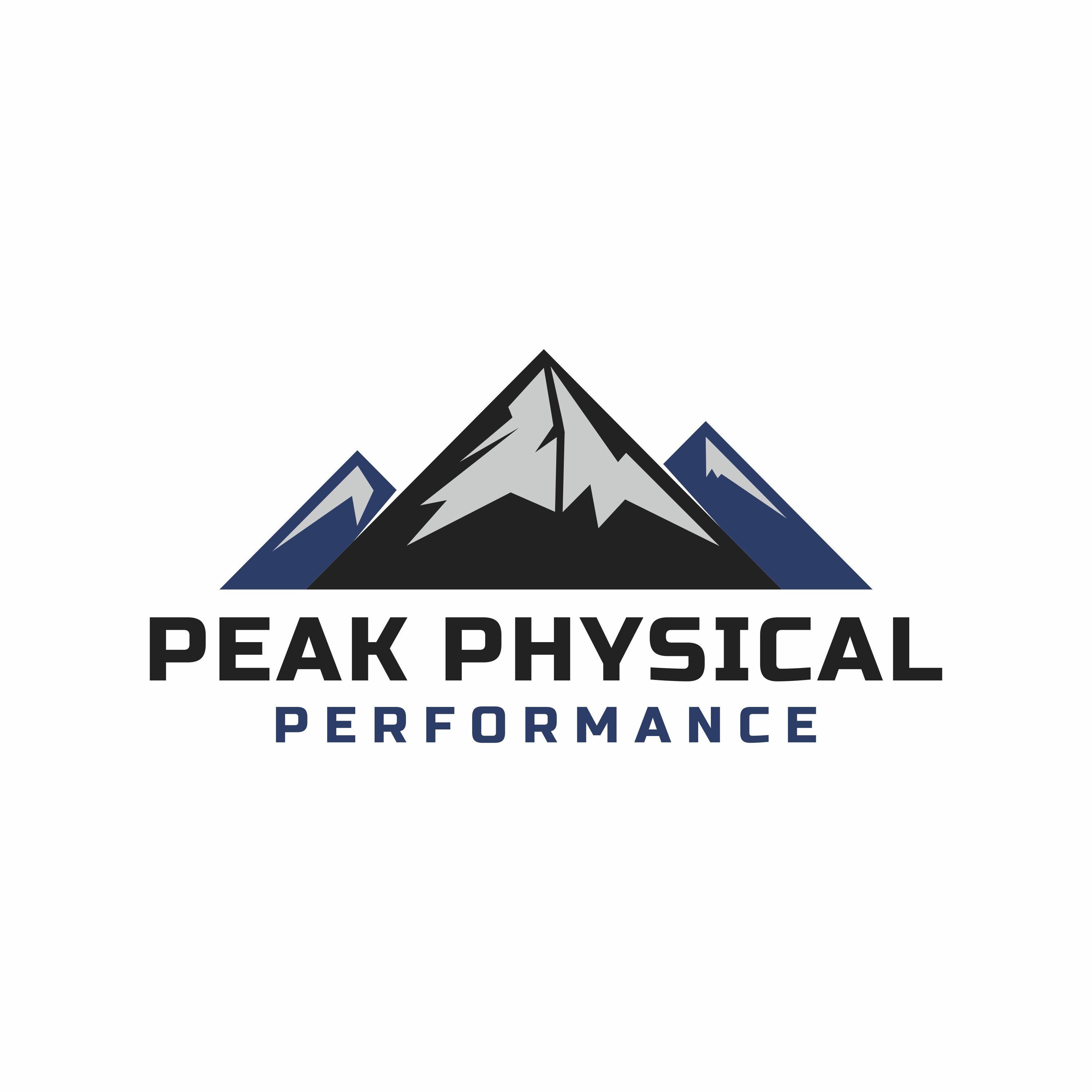As we age, many of us notice a slight reduction in height. While this process is often called “shrinking,” it’s actually the result of various physical changes that occur naturally in the body over time. Here’s why it happens:
1. Spinal Disc Compression
The spine is made up of vertebrae, separated by discs that act as cushions, absorbing shock and allowing flexibility. Over time, these discs lose hydration and elasticity, causing them to flatten and compress. This loss of disc height is a major contributor to the overall reduction in height with age.
2. Bone Density Loss
Osteoporosis, a condition where bones become weak and brittle, is common in older adults. With the gradual loss of bone density, the bones in the spine (vertebrae) can shrink or even fracture, leading to a hunched posture and decreased height.
3. Postural Changes
With age, muscles, tendons, and ligaments also lose some of their flexibility and strength, leading to poor posture. Kyphosis, or the forward rounding of the back, is common in older adults and can also make a person appear shorter.
Prevention & Management
While some height loss is inevitable, there are steps that can help slow the process:
- Regular exercise: Weight-bearing exercises like walking and resistance training help maintain bone density.
- Balanced diet: Adequate calcium and vitamin D intake can slow bone loss.
- Posture awareness: Regular stretching and strength exercises can improve posture and reduce height loss.
While aging is a natural part of life, understanding the causes behind “shrinking” can help you take steps to slow the process. Staying active and focusing on bone health are key strategies to maintaining both your height and overall well-being.
References:
- National Osteoporosis Foundation. (2021). What is osteoporosis?
- Harvard Health Publishing. (2018). Why you might be shrinking.
- Mayo Clinic. (2020). How to prevent bone loss as you age.



Comments are closed